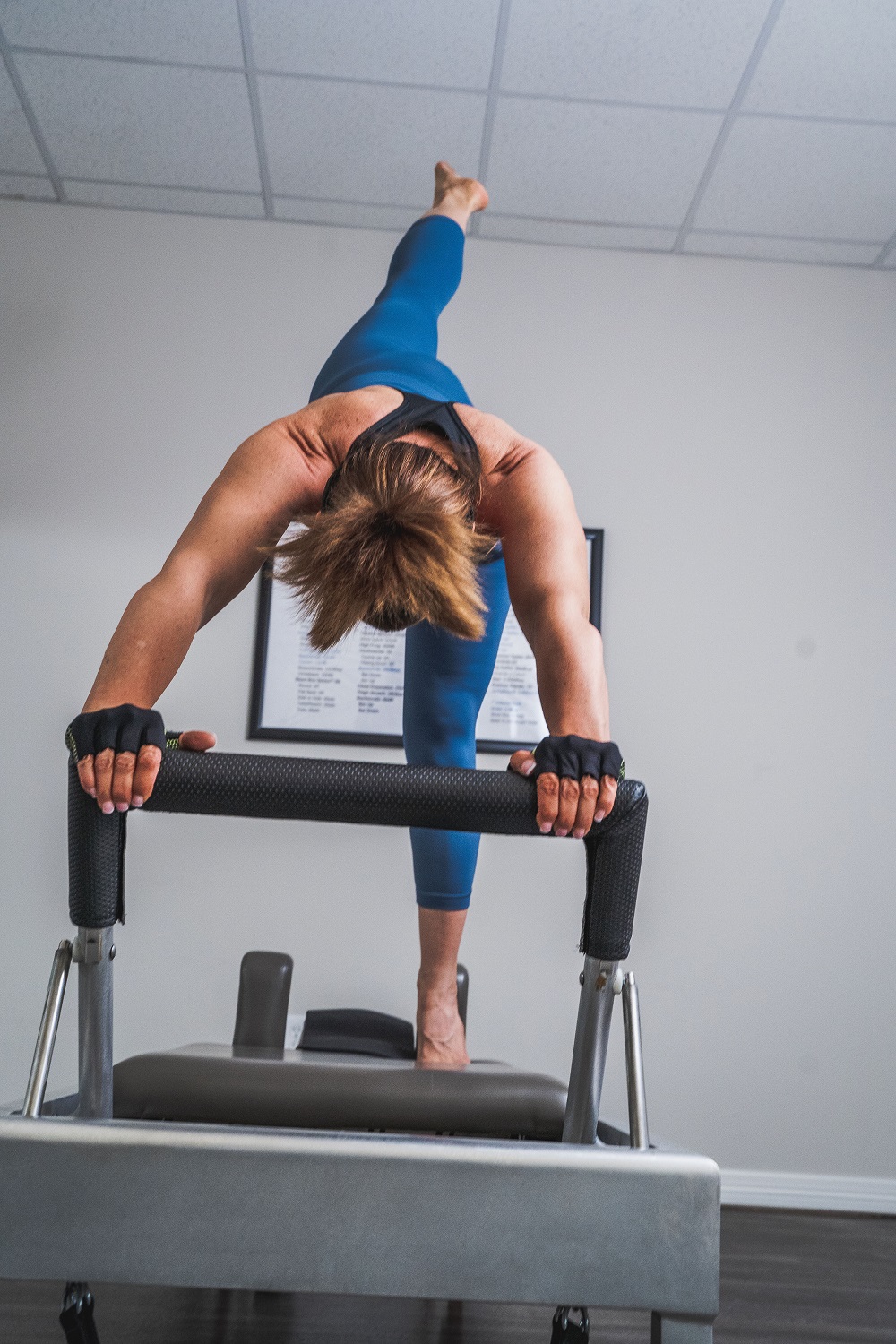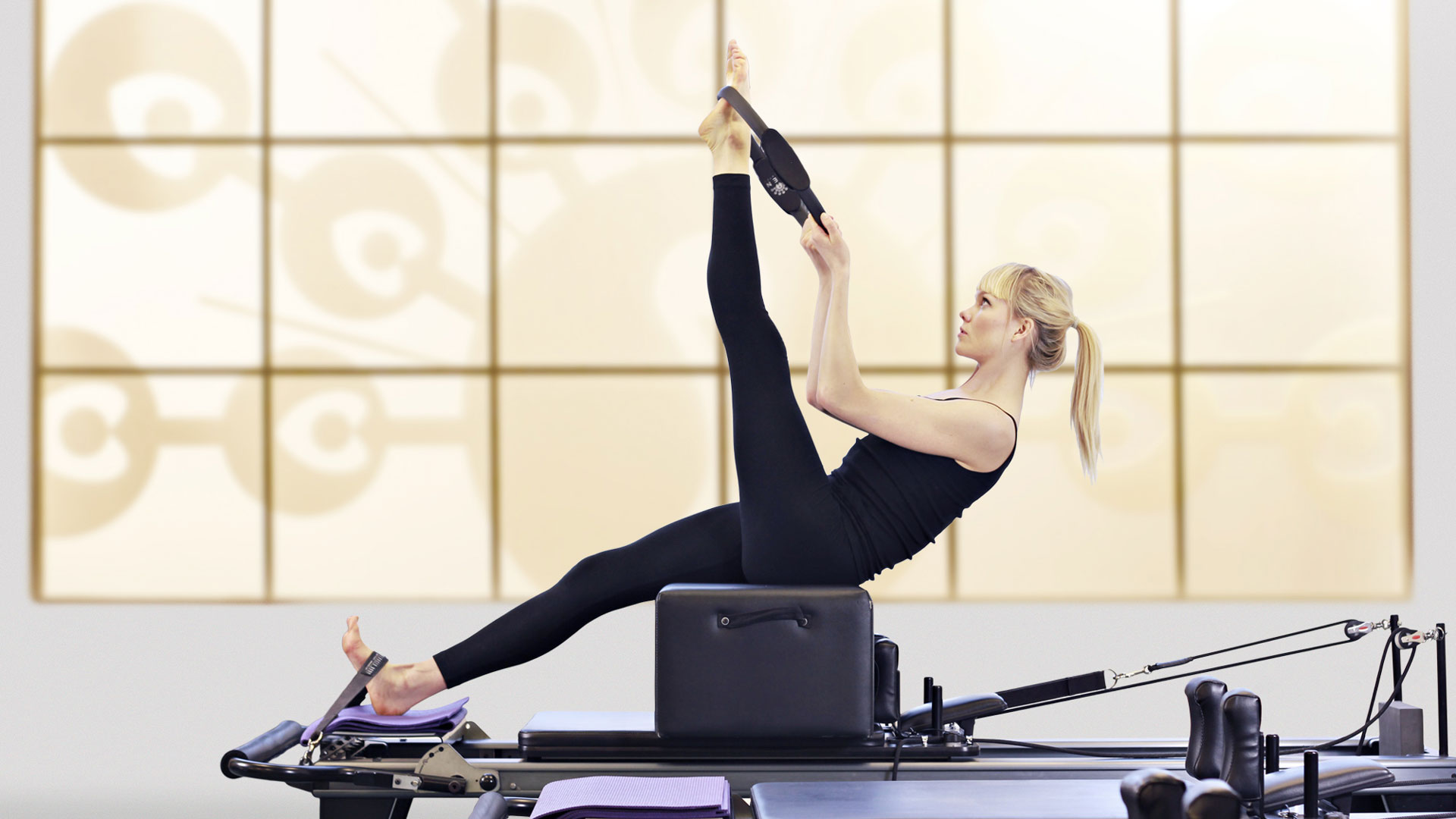Yoga vs Pilates? What are you looking for?
Yoga and Pilates – these are the two main forms of “mind body wellness” techniques – Both practices fall under the category of “mind-body” exercise because they focus on the mind’s ability to control and guide the physical body through a series of exercises. They both offer some of the same health benefits such as lengthening and strengthening the body while using your own body’s resistance to build strength and flexibility. But the origins, intentions, and methods of practicing Pilates and yoga are different.
Pilates
Pilates was, created in the 1920’s by a German man named Joseph H. Pilates, who served as a nurse in World War I, developed the practice as a way to rehabilitate wounded soldiers. After he relocated to the United States before World War II, dancers began to learn of his techniques. They quickly adopted his exercise system and were able to use it to recover from injuries and stay in tip-top shape.
Pilates class emphasizes the core muscles. These include the abdominals, lower back, and the stabilizing muscles around the back, spine, and trunk. This group of muscles is often referred to as the “powerhouse” in Pilates because they provide the foundation around which the limbs and other muscles move. While other parts of the body do get attention in Pilates, the majority of work is centered around the core. These exercises can be performed on a mat or on Pilates Machines that include the Reformer, Cadillac, Tower, Barrels and Chairs.
 Benefits of Pilates
Benefits of Pilates
The first benefit that many Pilates practitioners notice is stronger abdominal muscles and a flatter stomach! In addition, the core-strengthening exercises help to stabilize the spine, which improves posture, balance, and confidence. Weight training with the resistance machines creates strong, long, and lean muscles. Overall strength and flexibility gained through Pilates also helps to prevent and heal injuries. Unlike yoga’s approach to unifying the mind, body, and spirit, Pilates focuses on the physical aspects of wellness. Its methodical and orderly manner is often appealing to those who want physical benefits without philosophy.
 Yoga
Yoga
Yoga is more than just stretching and exercise. It’s a system of mental and physical practices that originated in India about 5,000 years ago. It includes philosophy, meditation, breath work, lifestyle and behavior principles, and physical exercise. Yoga’s history is vast and complex, with dozens — perhaps hundreds — of texts, teachers, and traditions. The practices popular today are the result of the creative merging and development of philosophies over thousands of years. Yoga was introduced to the United States around 150 years ago, and it grew in popularity throughout the 20th century. Today it is even considered mainstream. There are many different styles and levels of yoga, making it suitable for curious practitioners of all fitness levels and abilities!
Benefits of Yoga
Practicing yoga can provide a form of moving meditation, sharpening awareness and concentration by focusing on the body’s movements. Though many people are familiar with seated meditation, it is generally understood that the yoga were designed to prepare the body for long periods of seated meditation. The most common seated positions for meditation are actually ancient yoga poses. In yoga, learning to practice both yoga and meditation brings balance to both the body and the mind.
Yoga’s holistic approach to wellness improves balance, strength, and flexibility in body, mind, and spirit. Yoga improves flexibility, balance, and coordination, while cleansing and detoxifying the organs. Yoga meditation improves focus while reducing tension and stress. Lifestyle and spiritual disciplines help to increase awareness of one’s everyday actions.
Conclusion
Pilates is more about toning your core while using either a mat or Pilates Equipment, while yoga is better for relaxation and flexibility. Pilates and yoga both focus on breath, alignment, balance, strength and flexibility.



 Benefits of Pilates
Benefits of Pilates Yoga
Yoga

